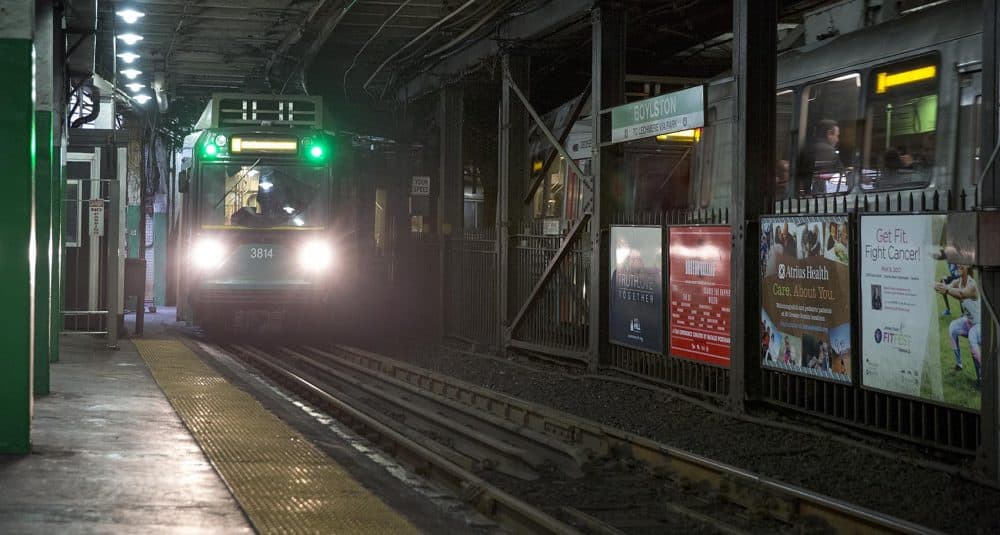I'm just going to reattach this slide from the November subcommittee meeting. This closure,
not including the lechmere viaduct, was supposed to eliminate 4.3 minutes of slow zones, per the T's own documentation. That is an amount of time that
should be visible, even with the green line's data fuzziness.
So while I can only speculate on why we haven't seen actual speed increases yet on the E, I've also pulled the full list of Slow zones removed per the T's own tracker and NBC10 reporting. Evidently, lots of their slow zones overlap to one degree or another, so removed slow zones are in green, while orange are slow zones that still remain within the slow zones removed, not including Boylston Station itself.
View attachment 45439

